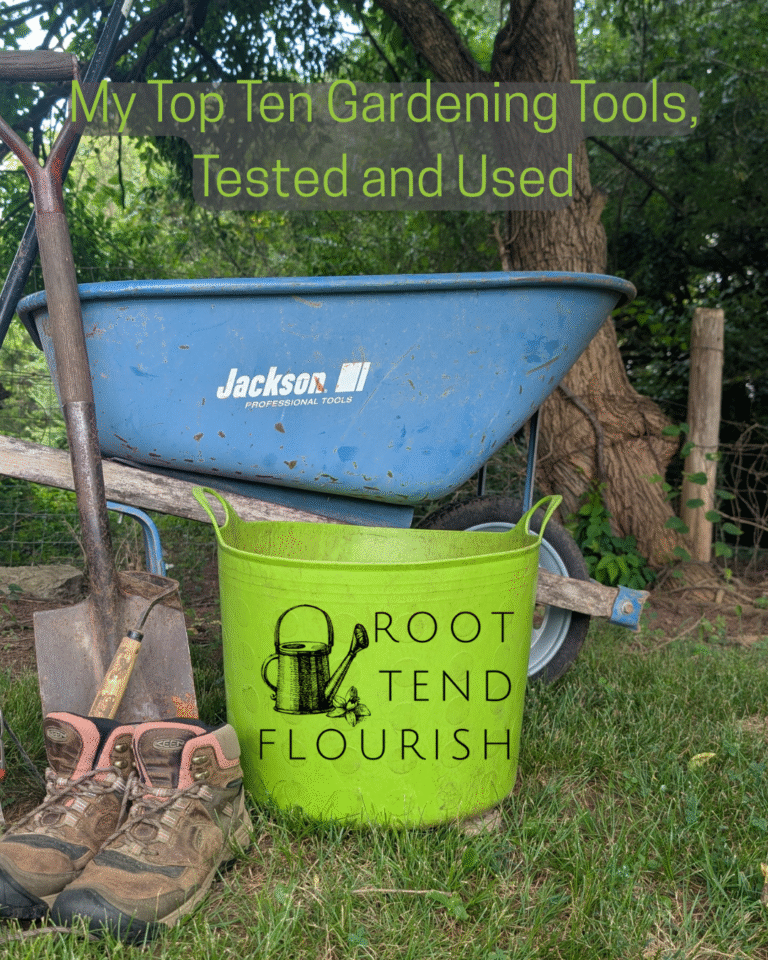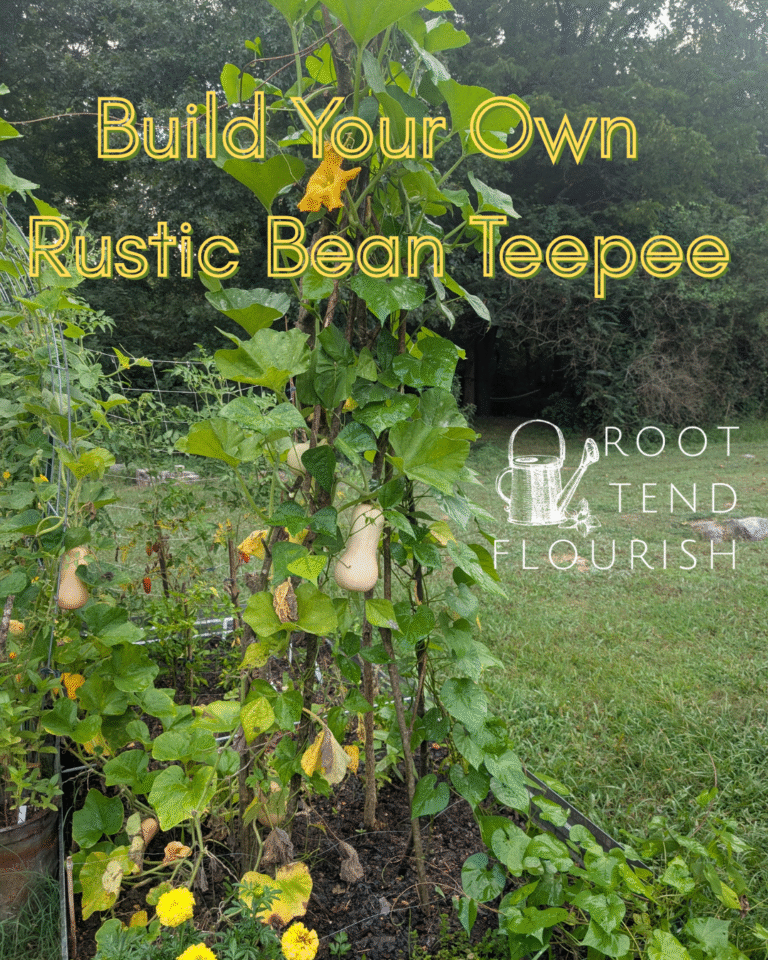Unusual Perennials to Try in Your Garden
In my 20+ years gardening, I’ve planted many different perennials in all different kinds of gardens. Over time, I’ve developed a favorite group of die-hard perennials that generally meet certain criteria. They thrive in a variety of light conditions, soil and planting zones and look good most of the growing season. I have my favorites for shade, cut flowers, scent and attracting pollinators. However, every so often I spot some unusual perennials that makes me stop and look closer.
What Makes for Unusual Perennials?
There are many traits that can make a perennial unique. Perhaps it’s the scent or the unusual shape or color. Or it may be how it adds a pop of color, texture or a unique form to the garden bed. When you’ve got a pocket in your garden that could use a statement flower or something to draw your eye, consider some of the options below.
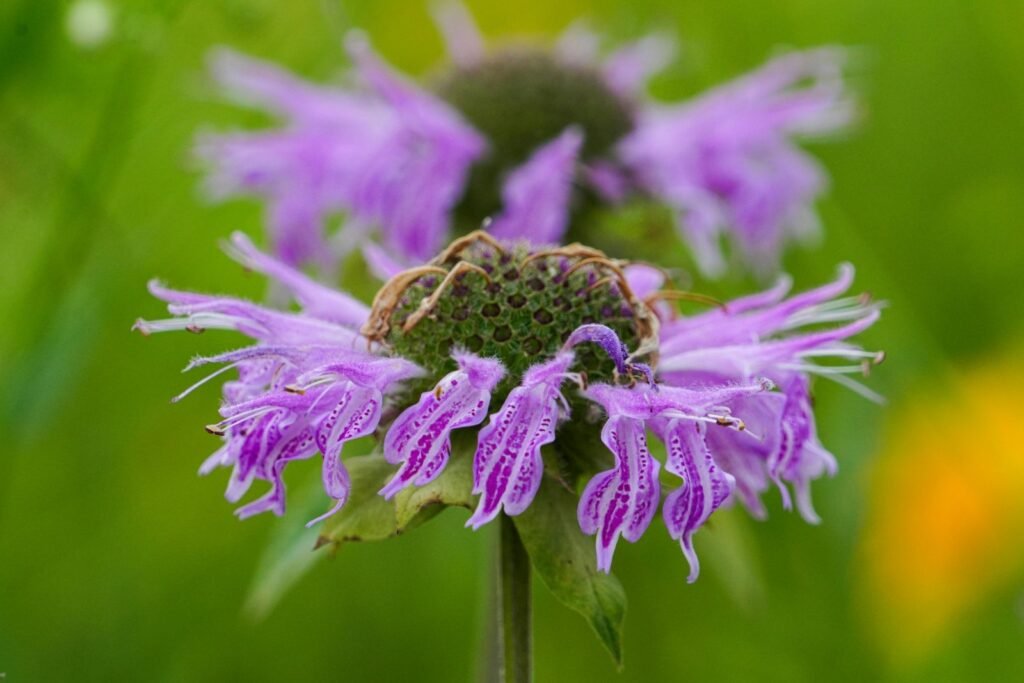
10 Unusual Perennials to Try
Globe Thistle (Echinops)
Globe Thistle has blue, purple or white sphere-shaped flowers atop gray-green stems. It is drought tolerant and deer-resistant, along with being low maintenance and make excellent cut flowers. Situated near the middle to rear of a garden, it offers a unique backdrop to smaller plants up front. It prefers full sun and grows 2-5′ tall.
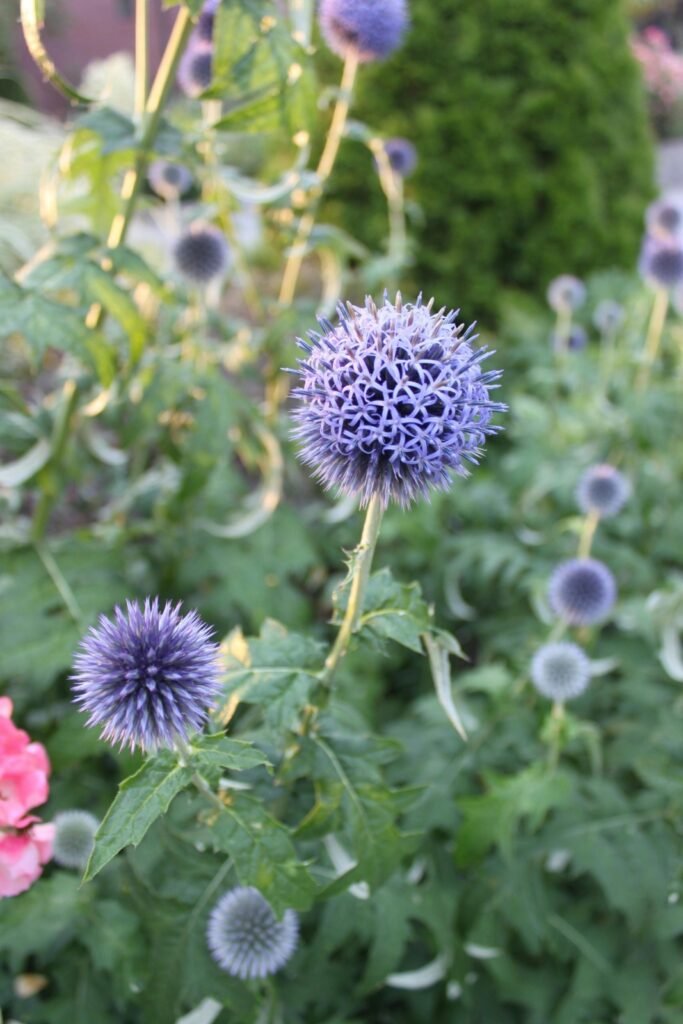
Bugbane (Actaea racemosa)
If you’re looking for an unusual, larger perennial for shady gardens or areas with part sun, Bugbane may be the ticket. Narrow white plumes of fragrant flowers stand atop it’s bright green foliage. Bugbane is also available with a dark maroon foliage which stands out beautifully against the green leaves of surrounding plants. This perennial can grow from 2-4′ high and gets to be a decent size of 2-4′ wide, so leave space for it to fill out as it matures.
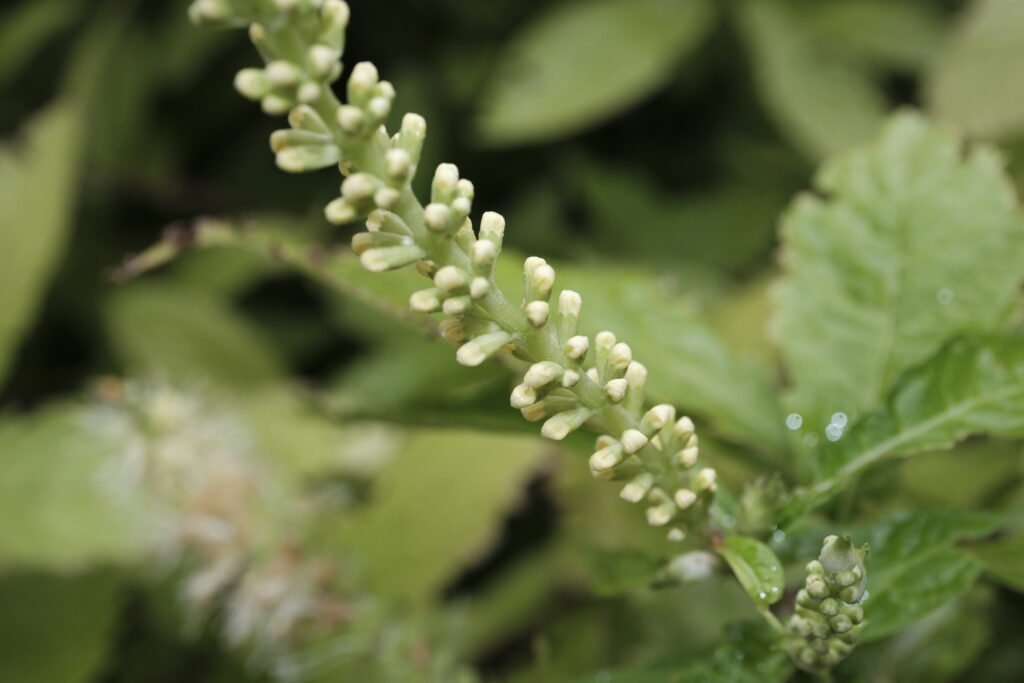
photo by Enzon Kin
Bleeding Heart (Dicentra)
Bleeding heart is especially known for the delicate, heart-shaped flowers that hang from its stems. It does best in part shade to shade and moist soils. Choose your home for this plant carefully, as it’s delicate roots can be hard to transplant. The flowers come various shades of pink and white, with the mature plant reaching 1-1.5’ high.
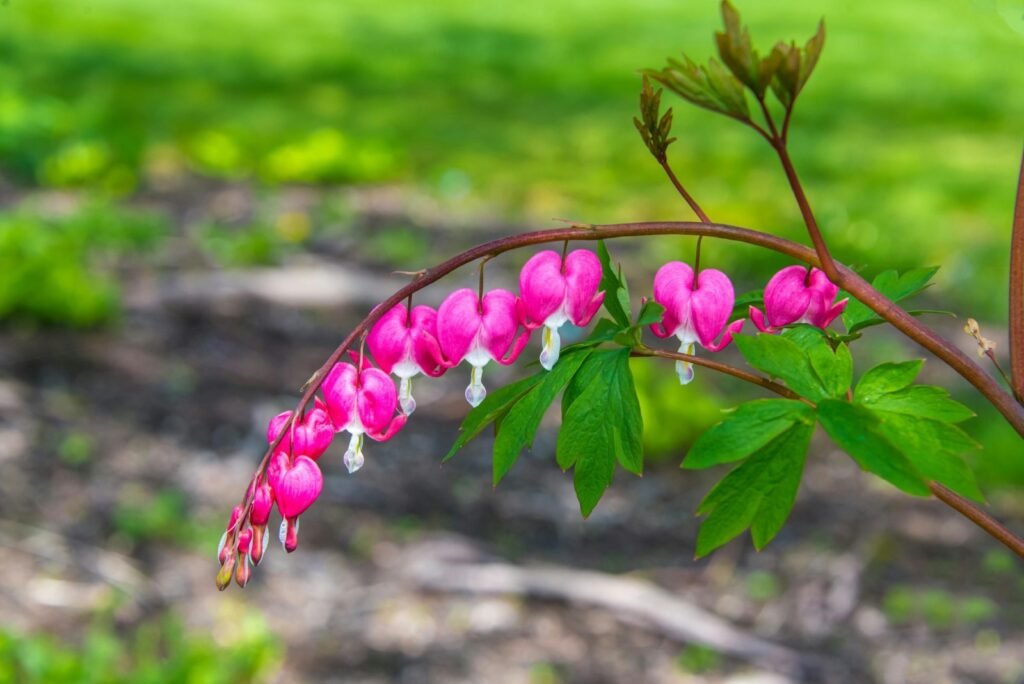
Bee Balm (Monarda)
Bee balm is a fragrant, taller perennial that is a great addition to any garden with full to partial sun. It offers long lasting flowers and benefits to pollinators. The rounded flowers sit atop stiff stems that reach 2-4′ depending on the variety. There are many colors available including white, red, blue-purple and pink. This plant is also good for naturalizing areas or dividing to create new sections, as it spreads by runners along the soil.
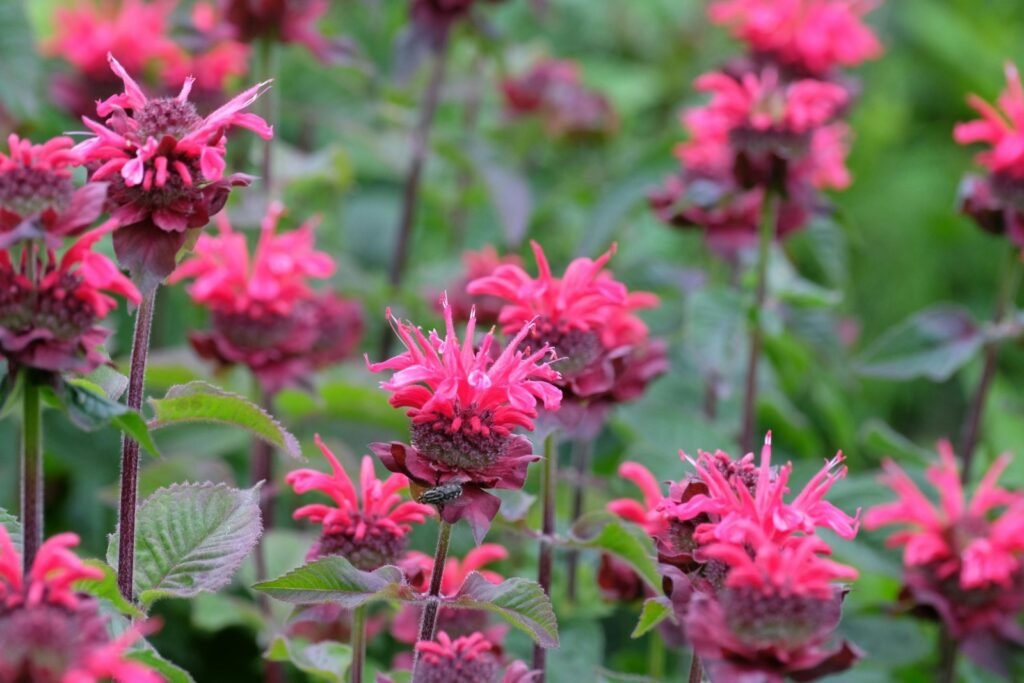
Sea Holly (Eryngium maritimum)
Sea Holly is a steel-blue perennial that has unique thistle-like flowers atop tall flower stalks. It thrives in drier soils (even droughts) and requires full sun. It makes an excellent cut flower and dries well. Typically, it gets 2-3′ tall depending on variety.
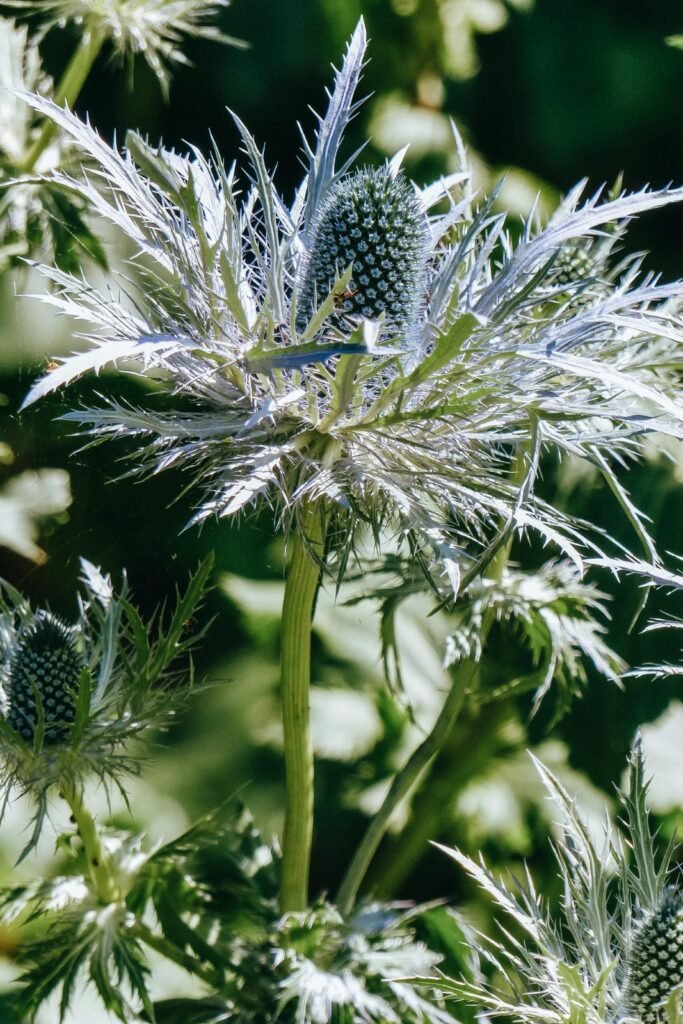
Apple Mint
Apple mint offers a more subtle flavor than traditional peppermint or spearmint but still spreads rapidly. Low growing, it reaches 1-2′ and has light purple flowers in spring. It can be helpful to grow mint in a container to keep its growth in check. You can plant it in the ground but use a plastic pot with the bottom cut out. This will slow it’s spread and allow you to keep in check. It will thrive in full sun or part shade. The leaves are easily harvested and dried for use as a tea.
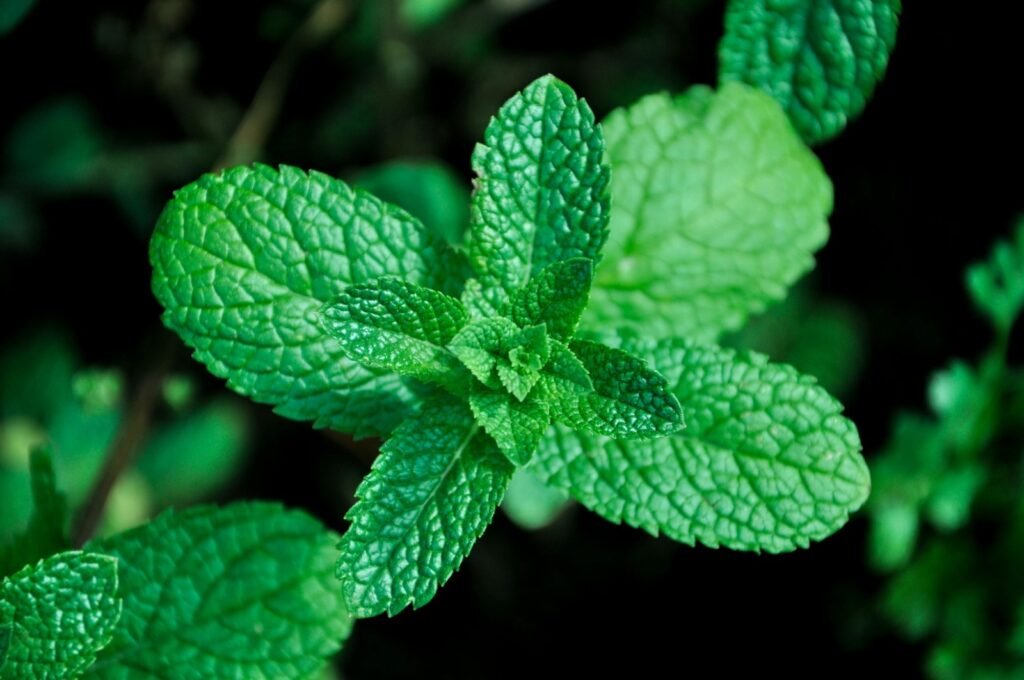
Goat’s Beard (Aruncus)
Finding larger shade perennials that still stand out in darker corners can prove difficult. Enter Goat’s Beard. This larger perennial reaches 4-6′ high and has large, white plume-like flowers above bright green, bushy foliage. It can handle some sun but does best in shade and moist soils in hotter climates.
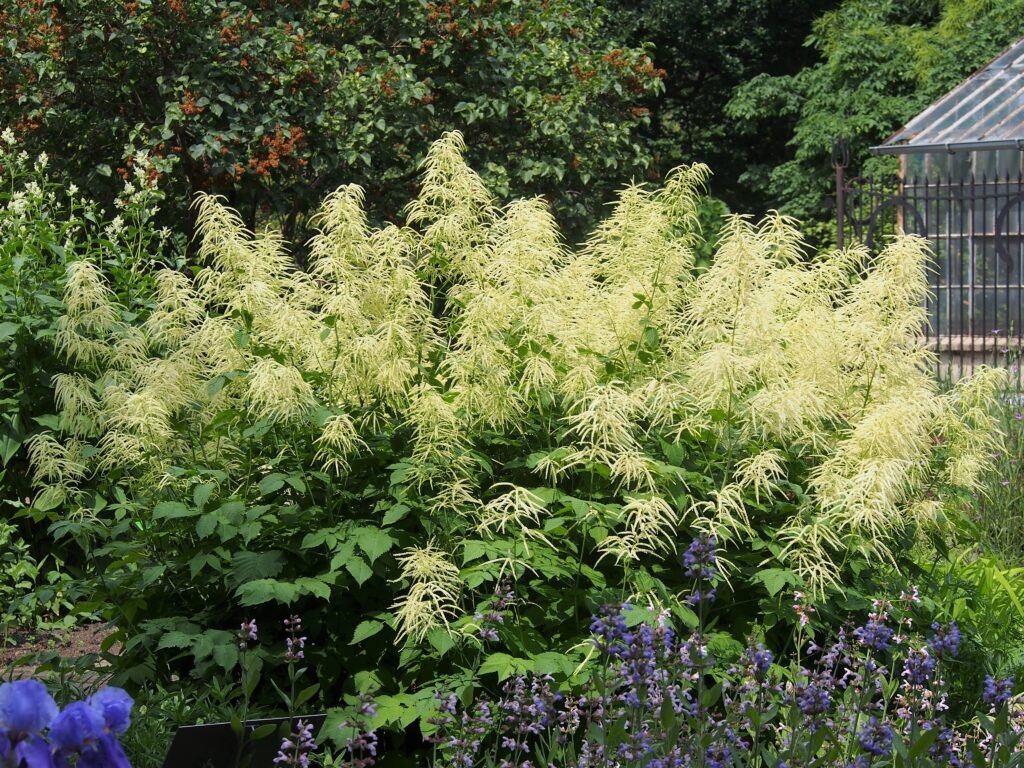
Photo by Agnieszka Kwiecień
Russian Sage (Perovskia atriplicifolia)
Russian Sage is a work-horse of a perennial in any garden. It offers you spikes of purple flowers atop tall silvery foliage while asking for very little in the way of maintenance. This plant can tolerate full sun and dry, poor soils. It is best planted toward the back of the garden as it reaches 3-5′ tall. It also makes a nice, long-lasting cut flower and has fragrant foliage.
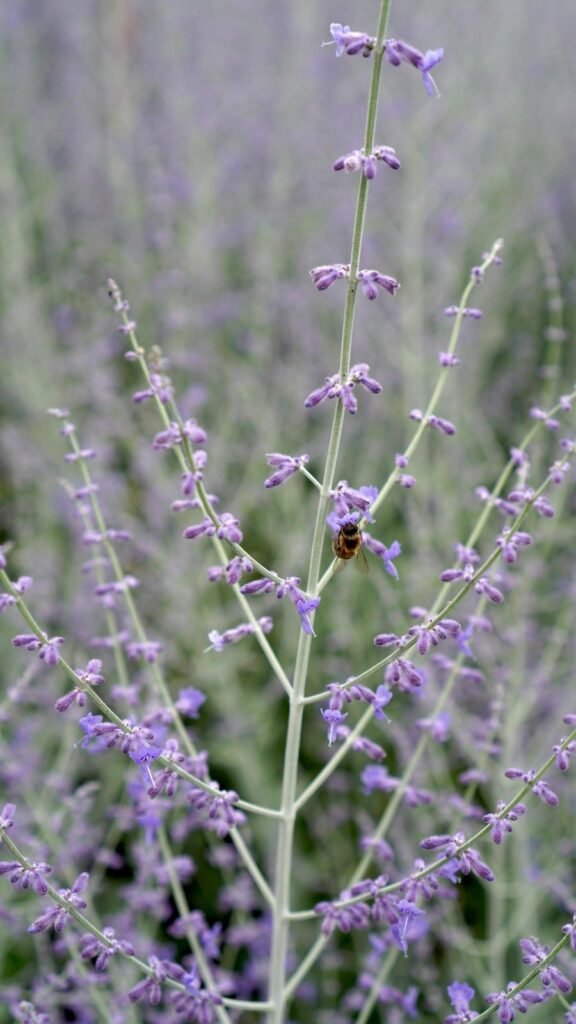
Lambs Ear (Stachys)
The soft, fuzzy, gray-green foliage of Lambs Ear just begs to be touched as it sits at the front of the garden. This low growing perennial ranges from 6 inches up to 1.5’ tall depending on the variety. It is very low maintenance, tolerating dry, rocky soil and little water. Lambs Ear looks good throughout the growing season and is a nice addition to the edge of a pathway or front of a garden bed.
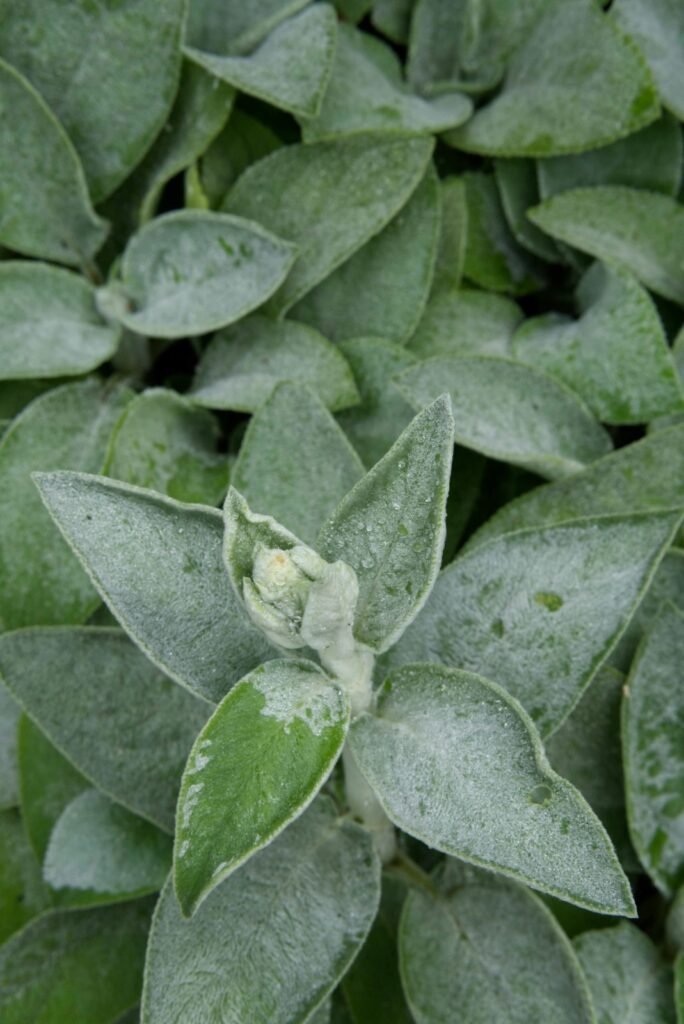
Rattlesnake Master (Eryngium yuccifolium)
The name alone makes you want to learn more about this unique perennial and you will not be disappointed. Spikey, globe-shaped flowers sit atop tall, thin light -green stems. This drought tolerant, sturdy perennial is often found in dry prairies and rocky areas. Reaching up to 5’ tall, it does best at the back of the garden bed and doesn’t require too much care once it’s established. It will regularly attract butterflies and other pollinators.
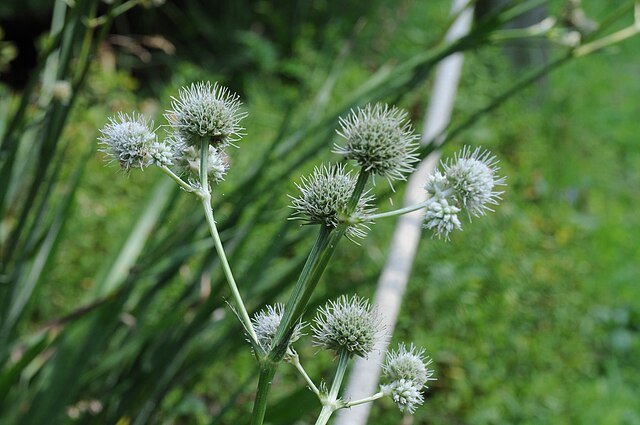
Photo by Sonia Hill
Where to Find Unusual Perennials
Finding Unusual Perennials Locally
Some of the perennials listed above will be fairly easy to find at garden centers and nurseries, including bleeding heart, bee balm and lamb’s ear. Others, such as rattlesnake master or globe thistle, may prove harder to find. Calling around to local nurseries first will save you from driving all over town. Often with a little notice, garden centers are happy to special order your plants if they can source them from their growers.
Finding Unusual Perennials Online
You may also have some luck finding these unusual perennials online, although the starting size of them may be smaller. In addition, consider joining some local online gardening groups. These can be a great resource for asking where to find plants nearby or even doing a plant swap. The nice thing with perennials is that they multiply over time. Fellow gardeners can be eager to divide their larger plants and sell them or even give them away. You never know until you ask. Pick one of these beauties off the list and try them out this season!

